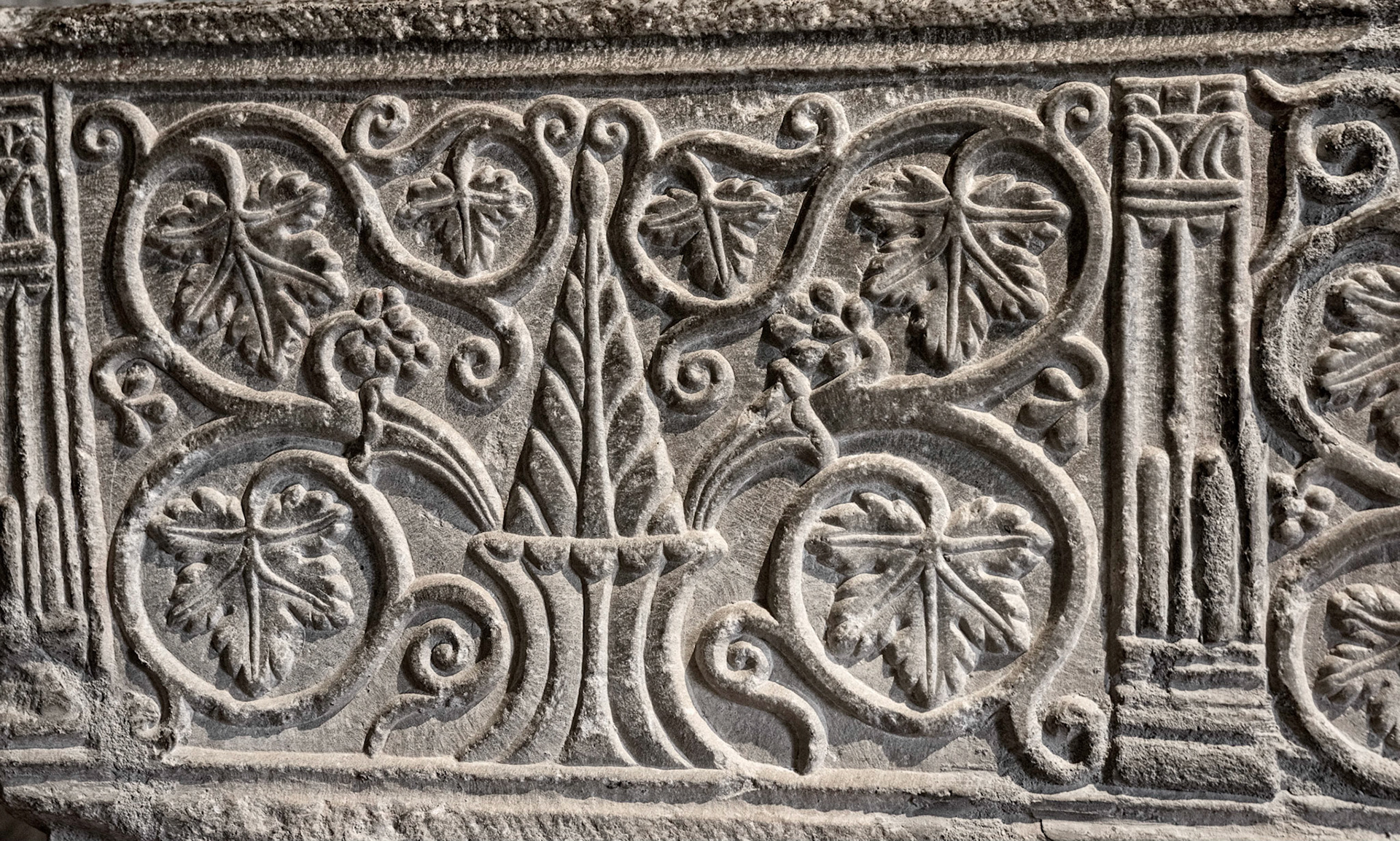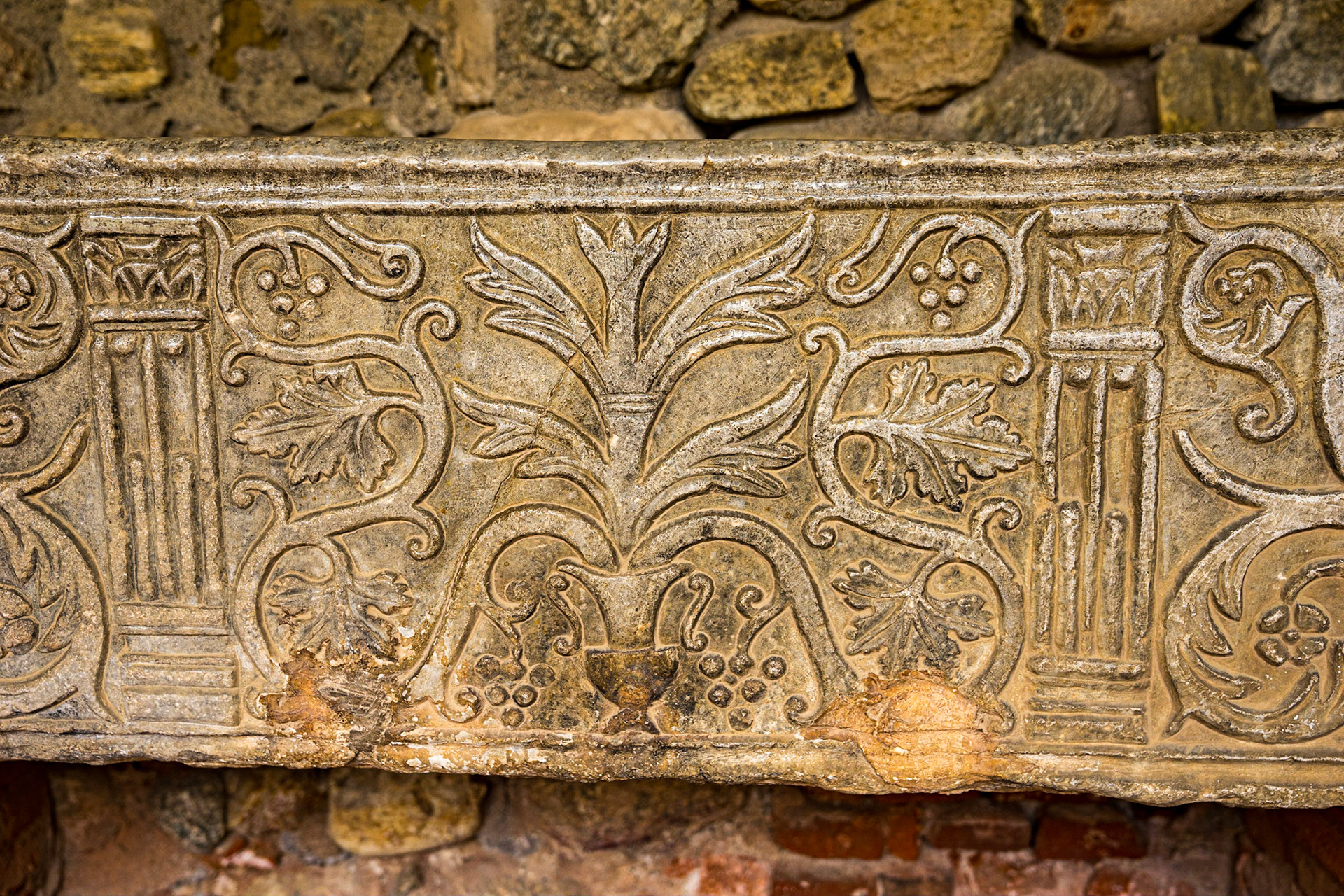Eglise Saint-Nazaire, La Cite, Carcassonne
Architecture
The severe exterior style of Southern Gothic with solid buttresses rather than flying buttresses and a few narrow openings also impacted the interiors. Many were built with a single nave, and roof-frames resting on diaphragm arches
However, there are few church interiors in Europe more stately and unique than the Couvent des Jacobins in Toulouse, founded in 1229. Seven enormous columnar piers give birth to a starry vault whose complex organization anticipated flamboyant Gothic by more than 100 years. The veins gush out of the smooth shaft of the column like palm trees.
Church of the Jacobins, Toulouse



Church of the Jacobins
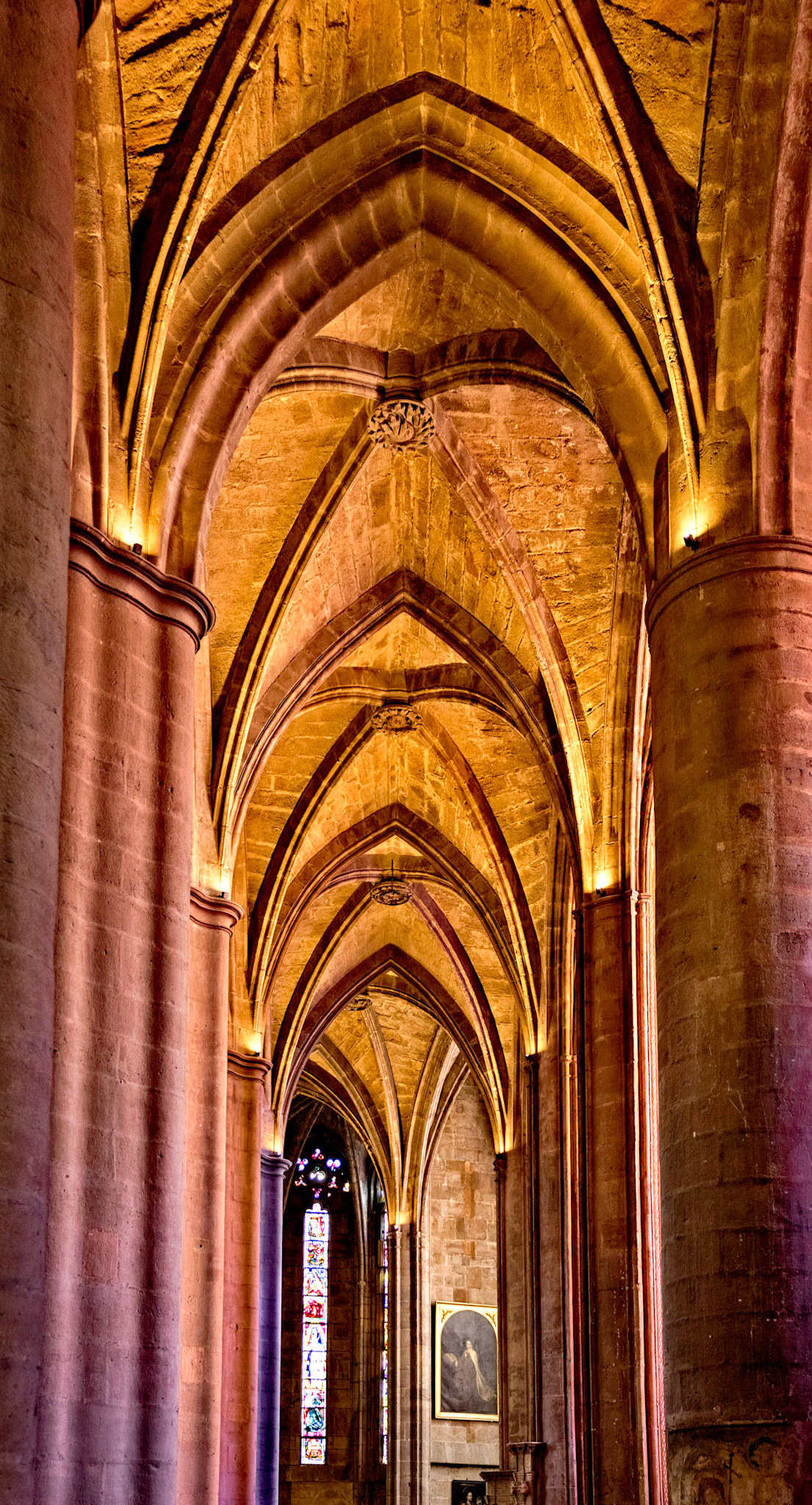
Sainte-Cécile Cathedral in Albi
The Gothic cathedral, built in the late 13th century as a fortress is one of the largest brick buildings in the world. Set on a hill above the River Tarn, it was designed to proclaim the might and power of the Catholic Church after the suppression of the Albigensian Heresy against the Cathars. Entire town populations were massacred, and the Cathars, considered heretics, were defeated.
Every surface holds painted religious scenes, ornate designs, or scroll work. There are carved woods and intricately filigreed white limestone. Scores of colorful statues, sculpted with great skill, show unusual detail and human expression. The vault frescoes (1509-1512) are the largest (300 x 90 feet) work of Italian Renaissance painting to be found anywhere in France.
The decorative campaigns in the complex span the centuries and illustrate Catalan, Renaissance and Flemish styles that once flourished in the region.
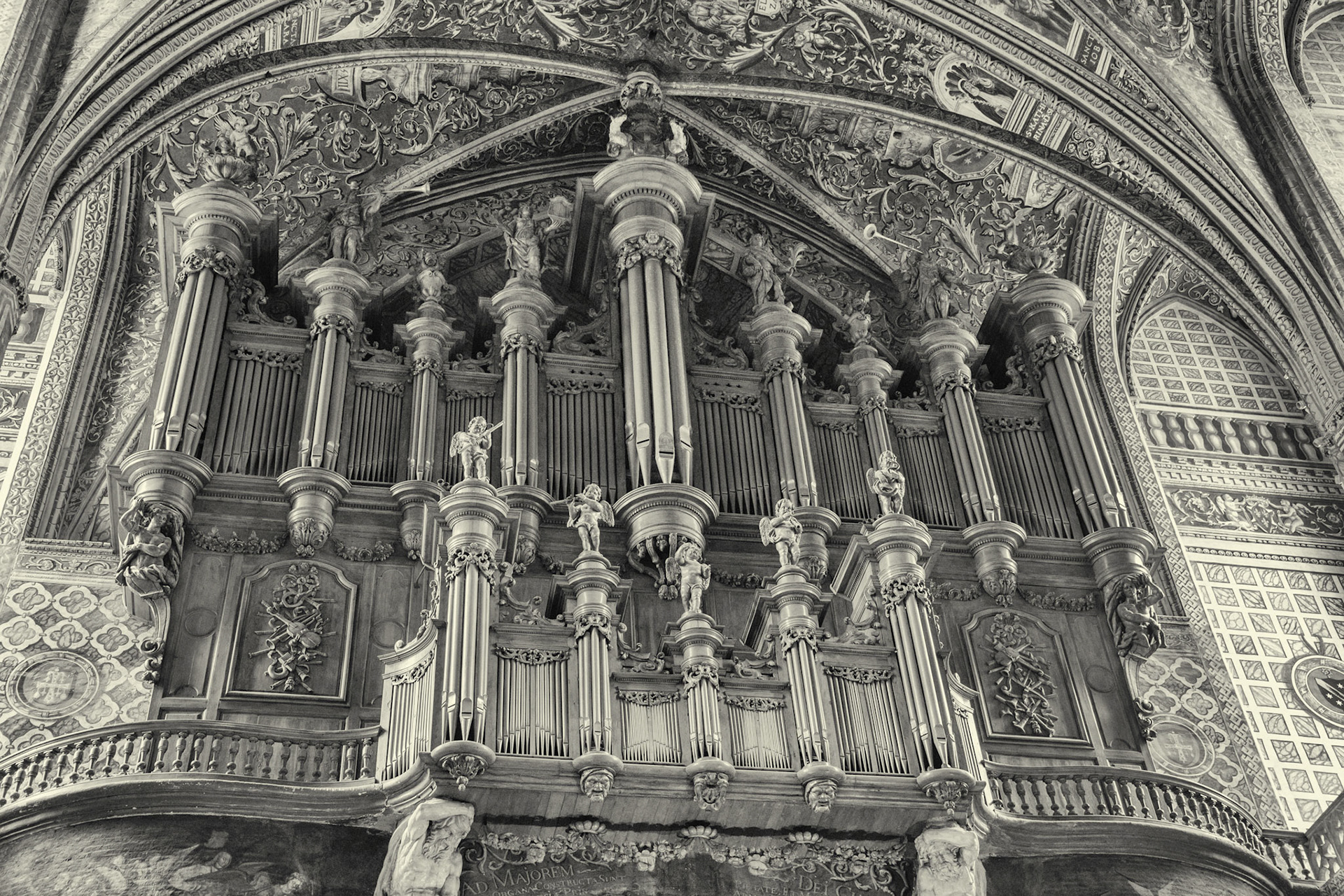



Saint-Étienne de Toulouse Cathedral
The very first manifestation of Southern French Gothic architecture, it is complex and eclectic. This medieval construction brings together two Gothic styles: the Southern Gothic that is massive and powerful and the Northern Gothic style that is sleek and luminous.
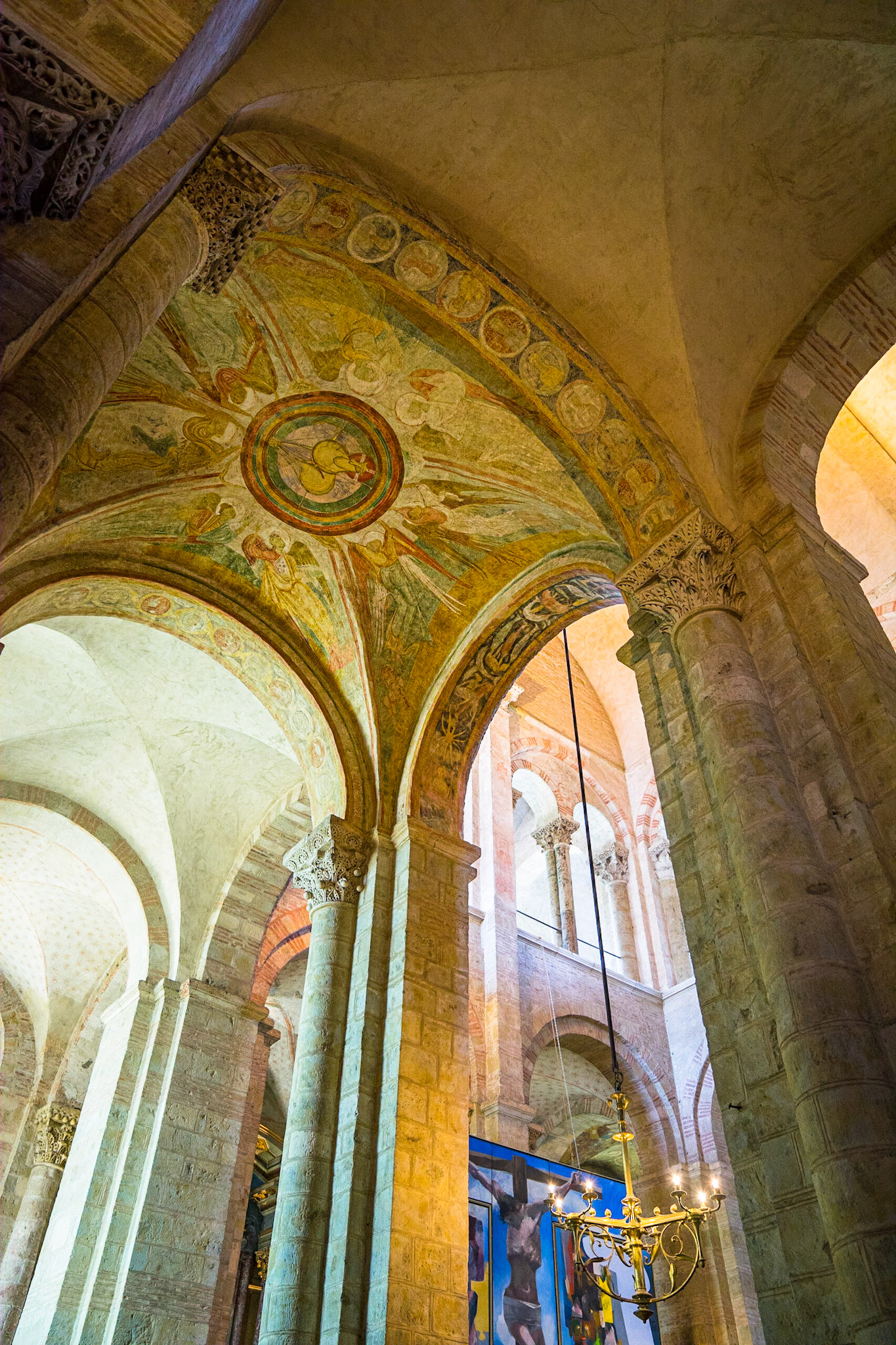
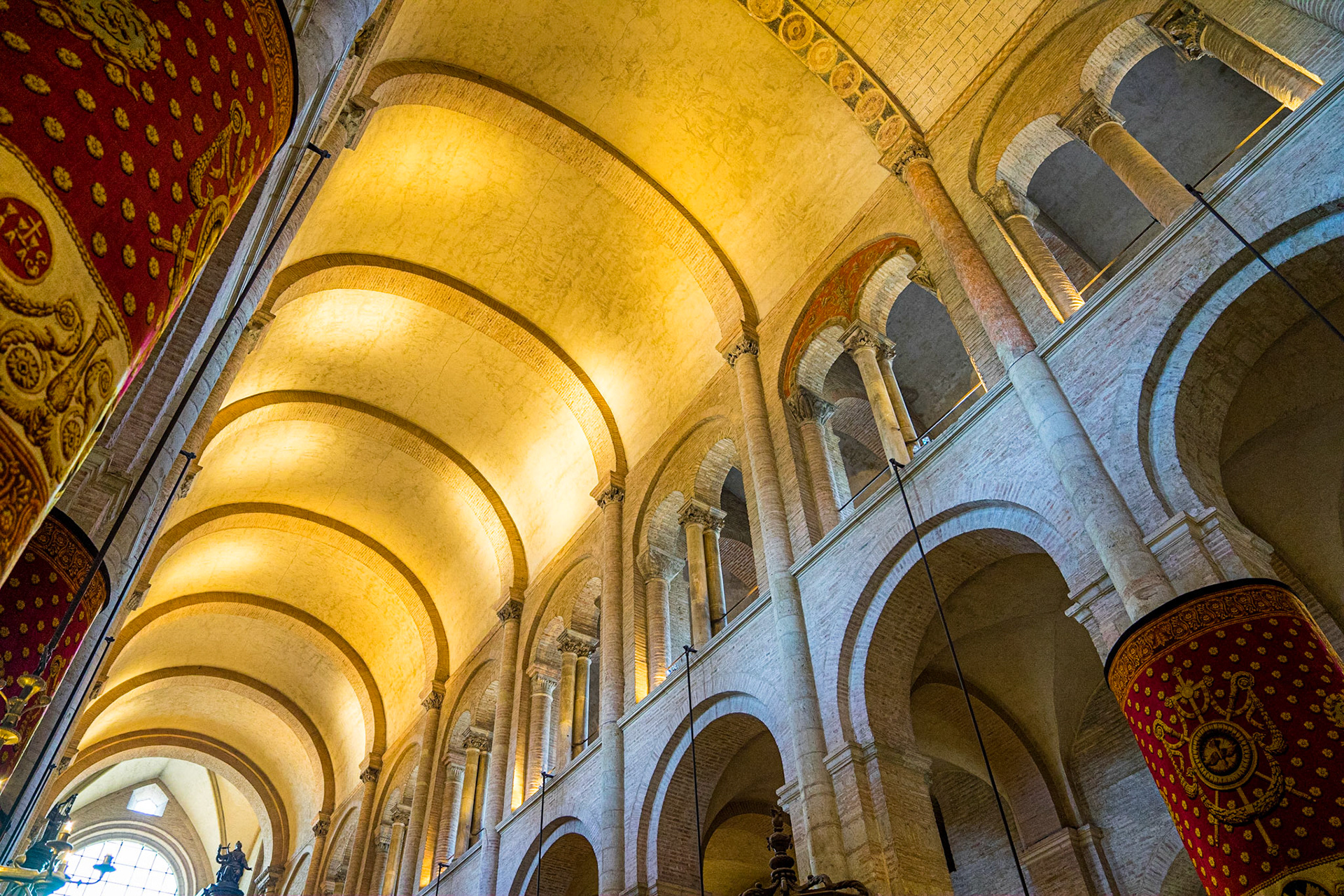

Statuary
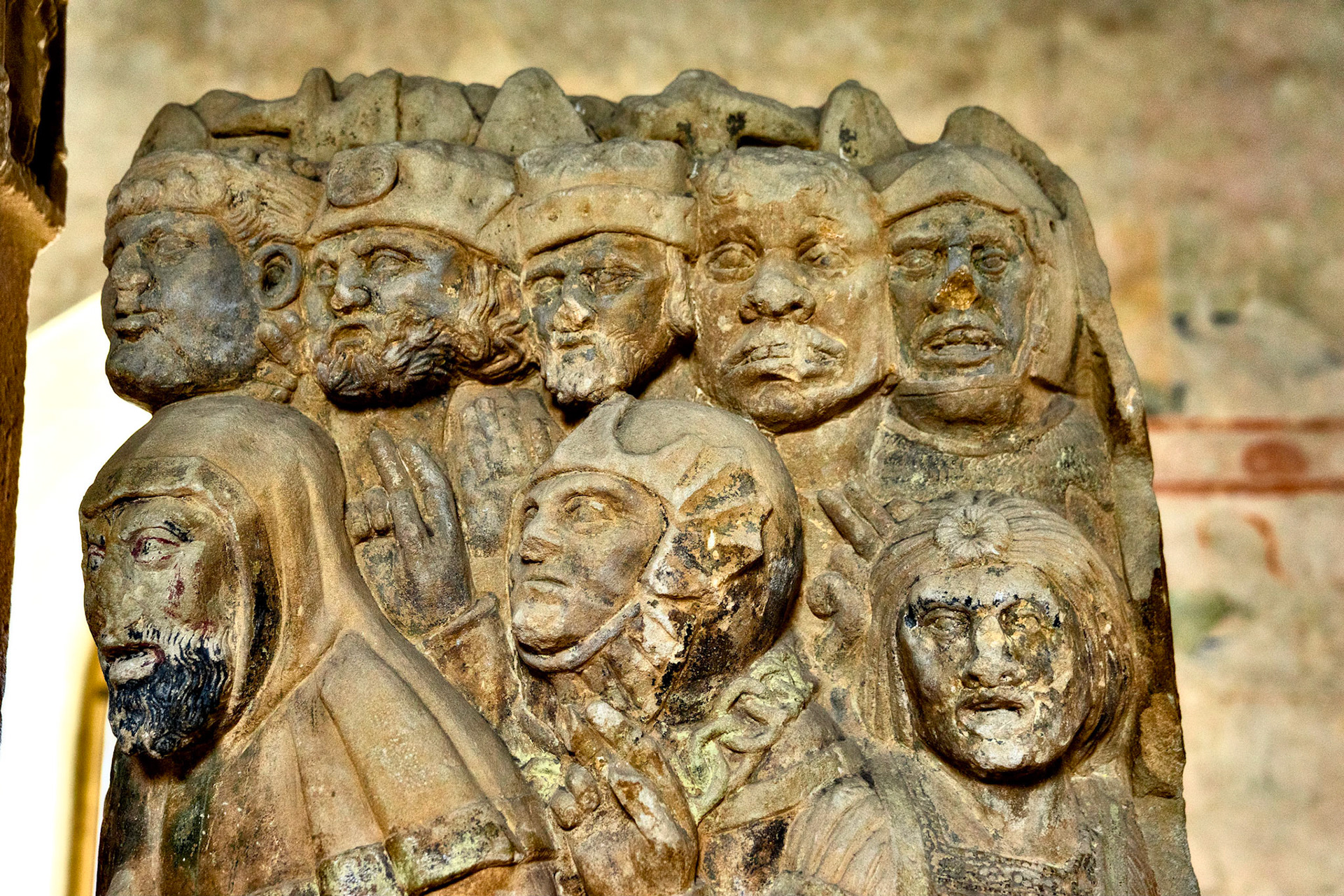

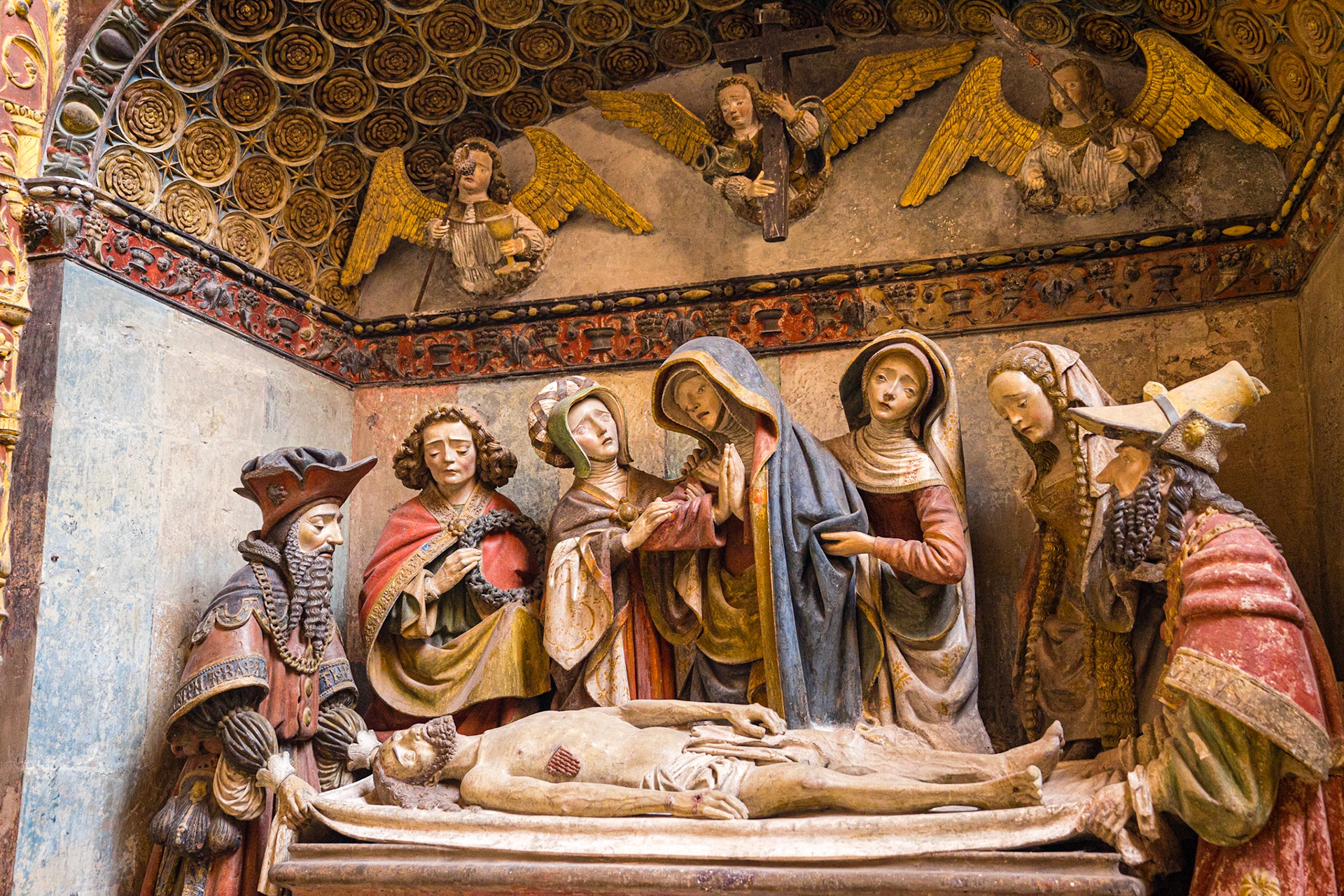
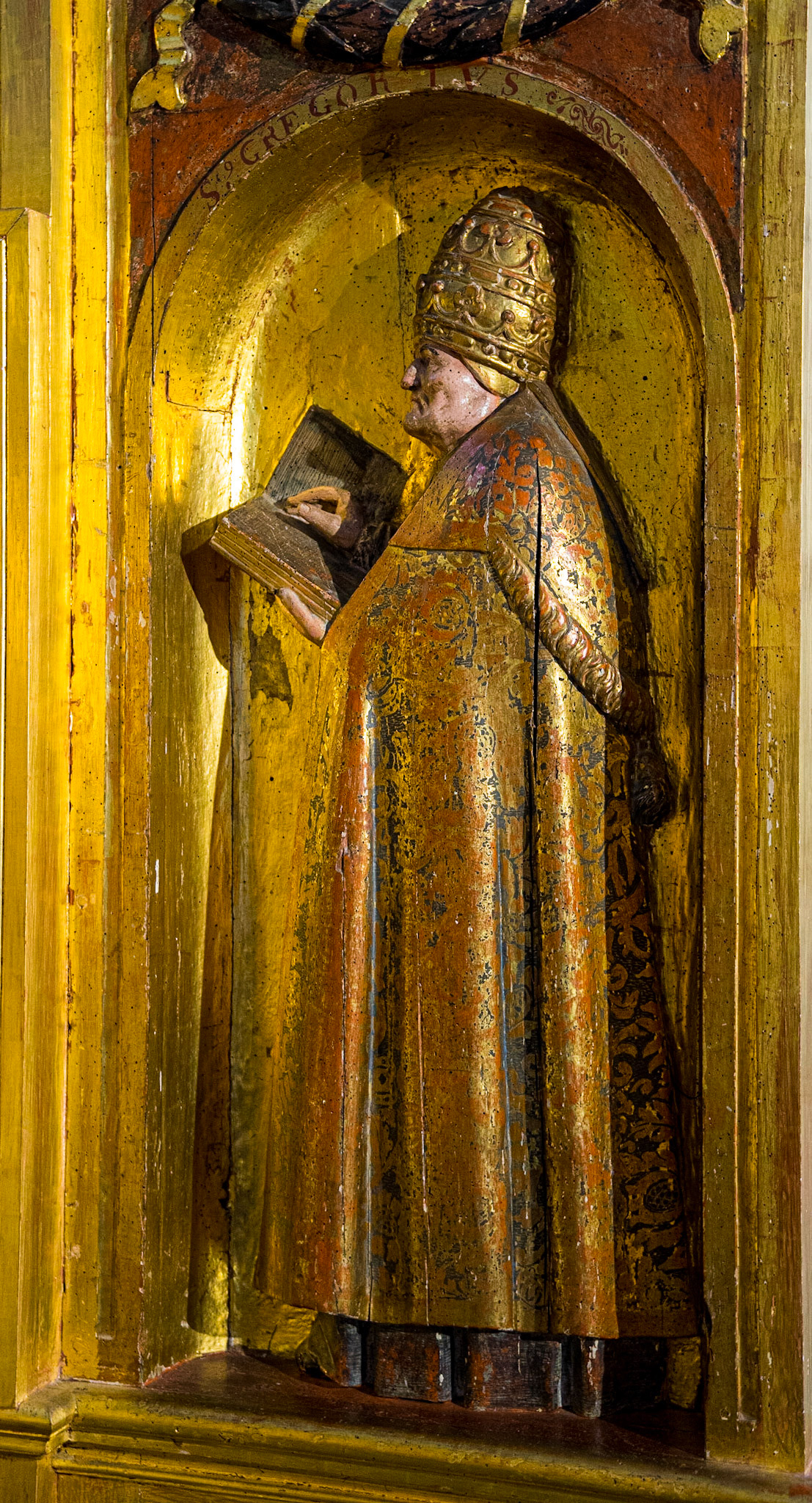

Carvings
